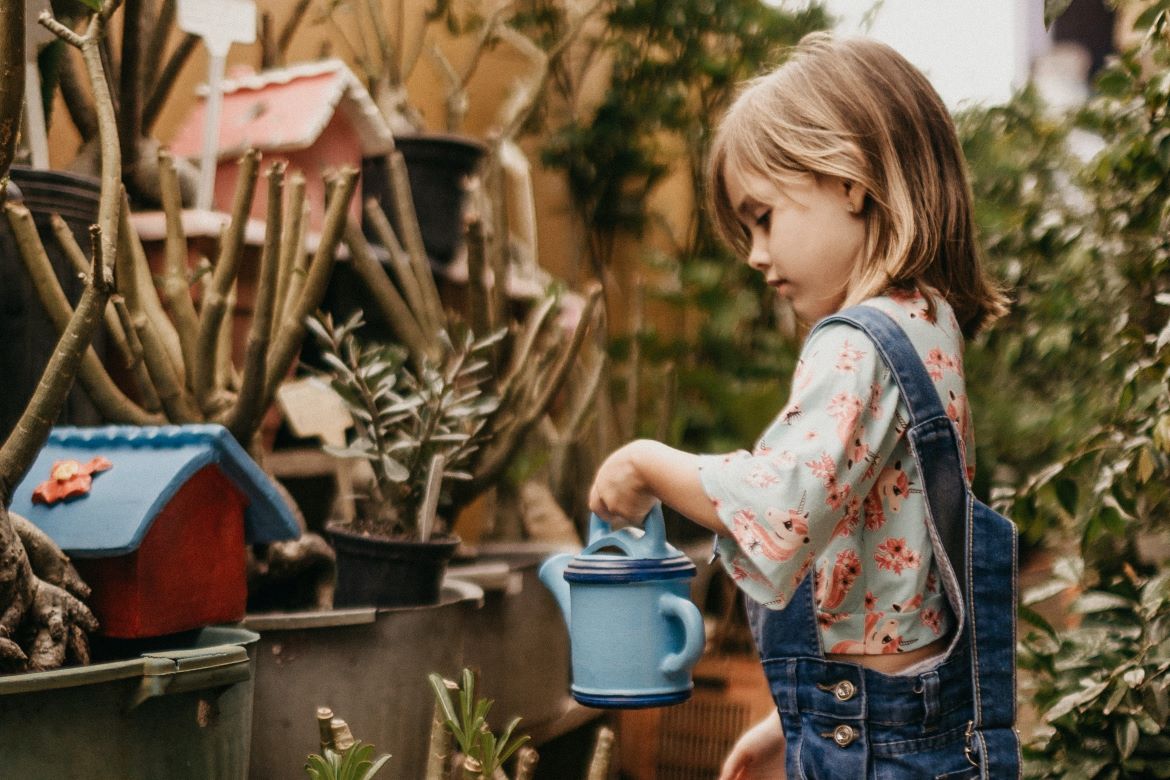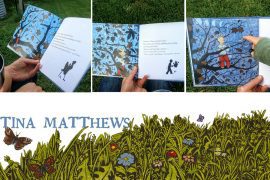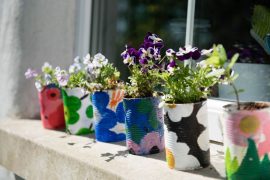By Jane Marsh
Do you want to get your children involved with nature? A garden is the best place to start. Each age group has different needs and skills, so check out this guide for gardening with your kids.
How to Prepare for Gardening With Your Kids
Bringing kids of any age into a garden requires some planning. You need to find age-appropriate tasks and tools to occupy them. Plus, you must determine how much responsibility to give them. Younger kids need much more guidance, while older ones need encouragement.
You should also prepare for mishaps. For example, your kids may accidentally trample flowers or pull carrots out of the ground before they’re ready to harvest. Lay some ground rules and teach them about gardening before you begin, but know that imperfection is okay – it’s part of the experience.
Gardening for Toddlers
For kids about 2 or 3 years old, it’s best to keep things simple. Start by introducing them to the different plants you have. They learn best when engaging their senses, so gardening is a great experience for them. It also creates memorable experiences.
If you want to explore wellness and nutrition, regenerative agriculture lets you become involved with nature and positively impacts the environment. You can set your kids up for success by getting them involved when they’re young.
Toddlers need plenty of guidance in the garden because they’re hardwired to explore. They’re also prone to sticking things in their mouths and getting messy. While keeping them safe is essential, they can cover themselves in dirt or munch on a carrot top. Fostering a love for gardening is the most important thing at this age.
Gardening for Preschoolers
When your kids are between 3 and 5 years old, their brains absorb information like sponges. Introducing them to small tasks and activities at this age is a good idea. For example, ask them to bring you a watering can. Spilling is alright because you’re outdoors – and the plants need it anyway.
Your preschooler is still working on their fine motor skills at this age, so handling big objects is a lot more comfortable for them. Pumpkins, peas, sunflowers, corn and pole beans have large seeds and grow quickly. Young children can easily carry and plant them in a pre-dug hole.
Gardening for Elementary Kids
You can start incorporating fun learning activities and more complex tasks when your children reach elementary school. They crave a lot of stimulation at this age. Gardens may take a while to mature, but you can speed up the process if they’re too excited. For example, try planting radishes – they’re harvest-ready after only 25 days on average.
You can also encourage elementary kids to get more involved in the garden. For example, you could ask them to write down what they observe or give them a special task to be in charge of. They’ll feel more independent if they’re responsible for something.
It’s easy to see your kids as helpers, but they’ll quickly want their own responsibilities. It can quickly become a chore if they have no input. Make sure they feel just as important as you to ensure they genuinely care about the garden.











